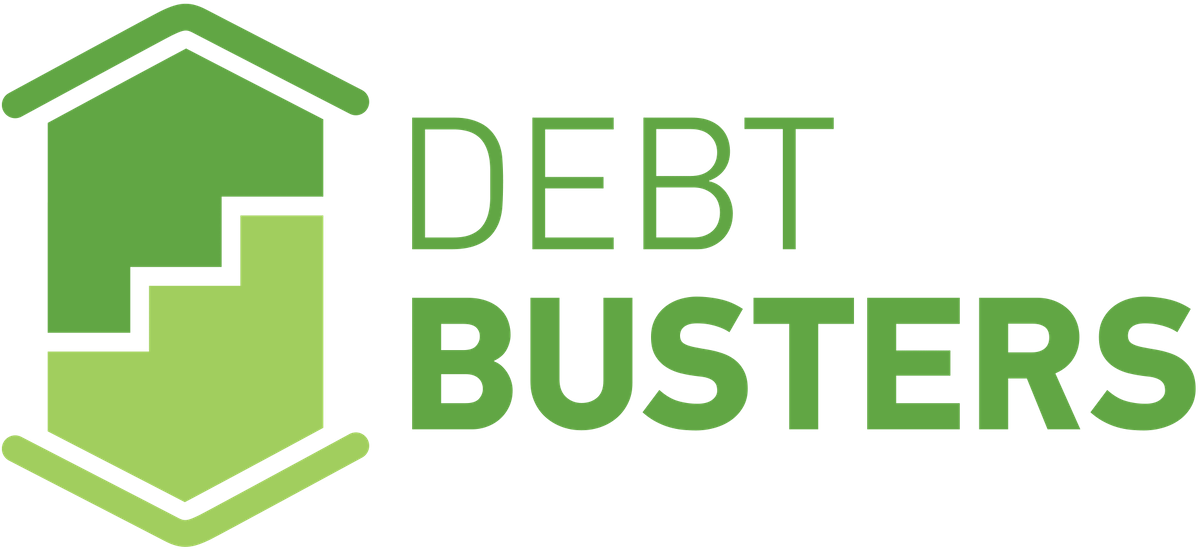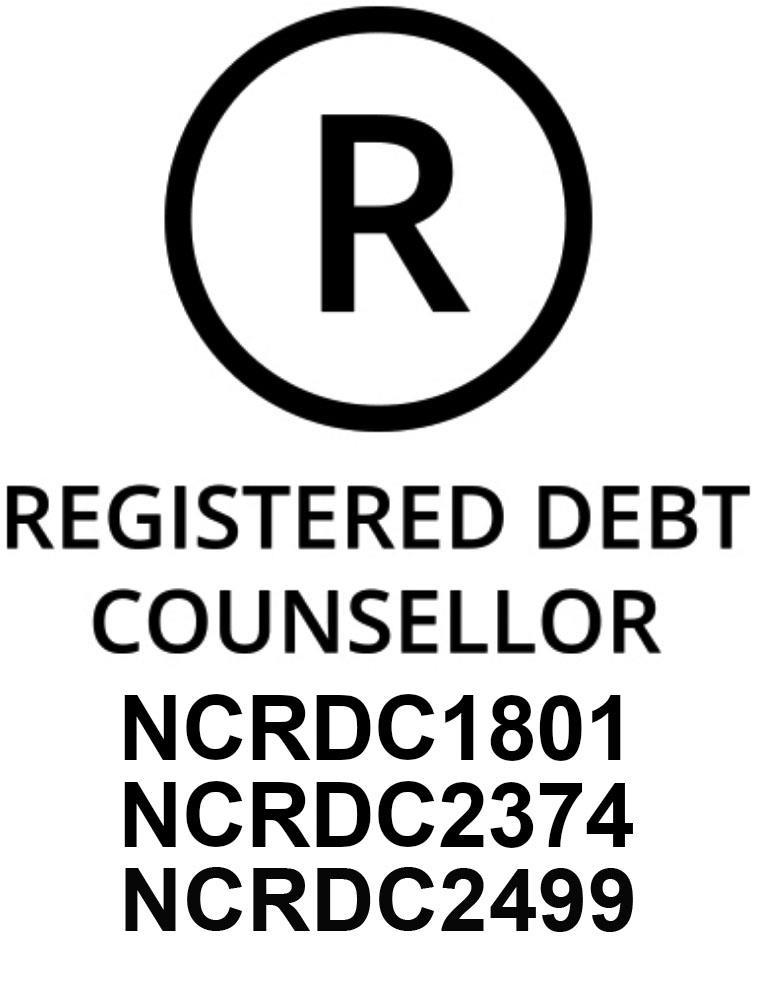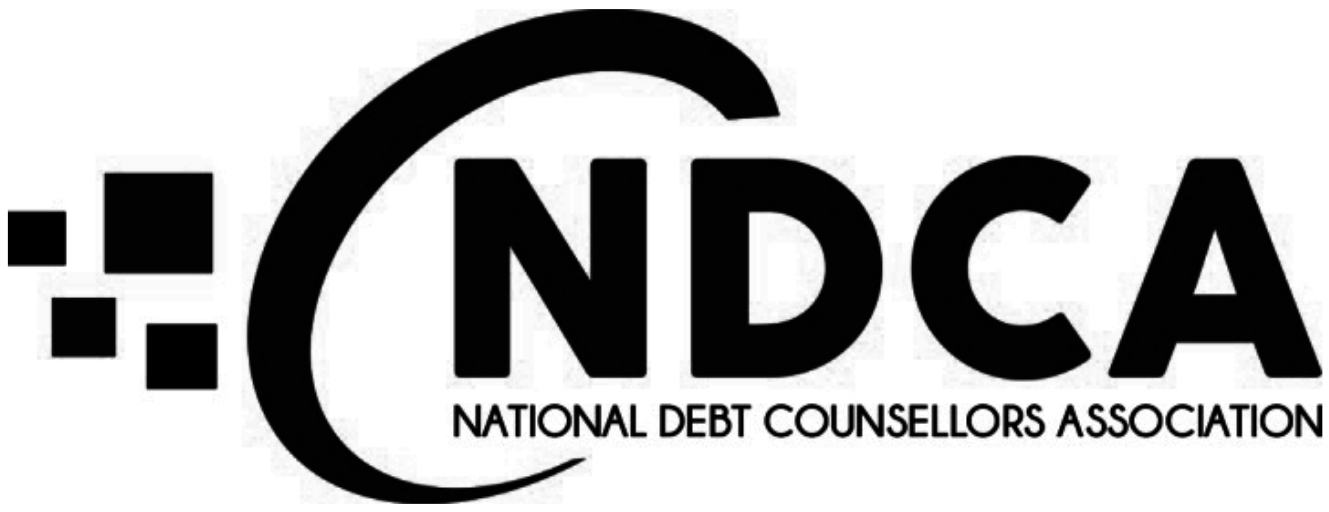According to the latest Q2 2024 Debt Index – 82% of people who applied for debt counselling during the quarter had a personal loan. A further 53% had one-month loans. These payday loans have become a lifeline for many households, but are very expensive with interest rates often in excess of 25% per annum.
Gain access to more insights below:
Download the full Q2 2024 Debt Index here.
Based on the results from the report, DebtBusters said this to the public:
Some positive signs, but many consumers still reliant on loans
- Borrowing to deal with electricity tariff, petrol-price and inflation pressures
Despite inflationary pressure somewhat subsiding, consumers continue to use loans to make ends meet as inflation’s cumulative effect together with persistently high interest rates erode their income.
According to DebtBusters’ Q2 2024 Debt Index, 82% of people who applied for debt counselling during the quarter had a personal loan. A further 53% had one-month loans. These payday loans have become a lifeline for many households, but are very expensive with interest rates often in excess of 25% per annum.
Inflation has eased but remains at the upper end of the central bank’s range and continues to constrain consumer finances. Since 2016 electricity tariffs have increased by 2.35 times, the petrol price has doubled and the compounded impact of inflation is 46% - all three indicators putting additional pressure on South Africans.
While there are indications that the interest rates may finally start to tick down, they have been consistently high for over a year. Although consumers are better able to deal with elevated but stable interest rates[1], they are still feeling the impact of the successive rate increases that started November 2021.
Benay Sager, executive head of DebtBusters, explains that when the interest rate increases began, people started to feel the increasing pressure of servicing asset-linked debt. The average interest rate for a bond went from 8,3% per annum in Q4 2020 to 12,3% in Q2 2024.
“More alarmingly, the average interest rate for unsecured debt is now at an eight-year high of 26% per annum.”
Sager says it’s not all bad news. The median debt-to-annual-income ratio is stable and has been low for the last four quarters. While still high at 105%, it is much lower than levels seen in the past few years.
“We welcome this, as well as the fact that debt counselling enquiries are up by 18% and registrations for online debt-management tools has increased. It indicates more people are taking action to deal with debt.”
The Q2 2024 Debt Index found that compared to the same period in 2016, people who applied for debt counselling:
Need debt counselling or consolidation?
Explore DebtBusters' solutions for reducing your interest rates and unlocking cash.
Find out more- Had significantly less purchasing power: Since 2016 nominal income has increased marginally by 2% but the cumulative impact of inflation is 46%. This means that today’s pay packet buys 44% less than eight years ago.
- Have a high debt-service burden: On average, these consumers need 62% of their take-home pay to service debt. Those earning R35 000 or more a month spend 68% on debt repayment. Debt-to-income ratios for top earners are at or near the highest-ever levels. For people taking home more than R20 000 a month the ratio is 128%, and for those earning R35 000 or more it is 167%.
- Have high levels of unsecured debt if they are top earners: On average, unsecured debt levels were 12% higher than in 2016; however, this is lower than in recent quarters and is a positive trend. For those taking home R35 000 or more, unsecured debt levels were 38% higher than eight years ago. While this is on par with inflation, in the absence of meaningful salary increases, it indicates consumers need to supplement their income with unsecured debt.
Sager says that debt counselling is a proven and effective way to help people struggling with debt. The number of people completing debt counselling has increased 10 times since 2016. In Q2 2024 alone, consumers who received their clearance certificates paid back over R640 million to creditors.
He says the fact that more people are taking proactive steps to keep their debt under control is good news. Consumers registering for DebtBusters’ online self-help tools such as Debt Radar and the Debt Sustainability Indicator increased by 12% compared to the same period the previous year.
DebtBusters’ 2024 Money Stress Tracker found: “Consumers like certainty. Although interest rates are high, consistency is less stressful than dealing with continuous rate hikes.” For the full report visit: https://www.debtbusters.co.za/money-stress-tracker/money-stress-tracker-2024/

Benay Sager
Executive Head of DebtBusters





